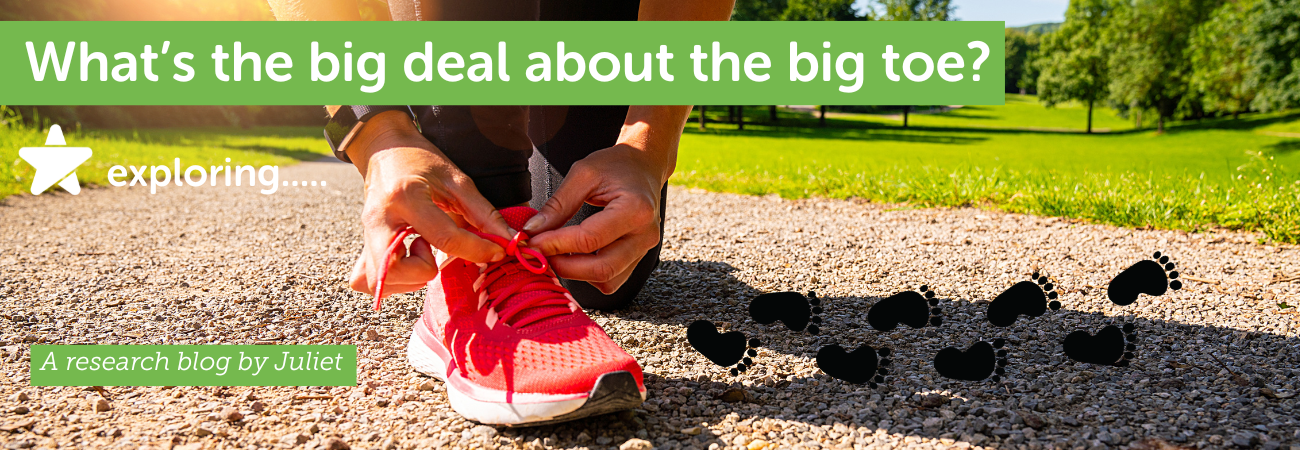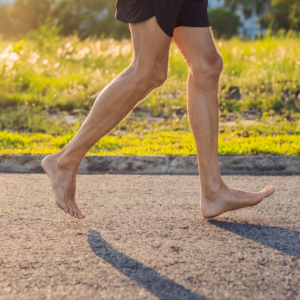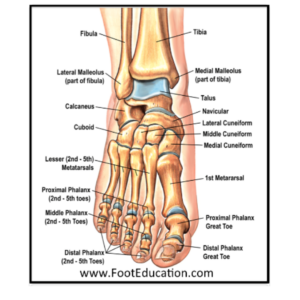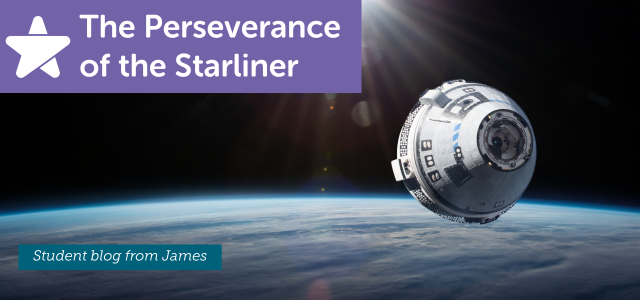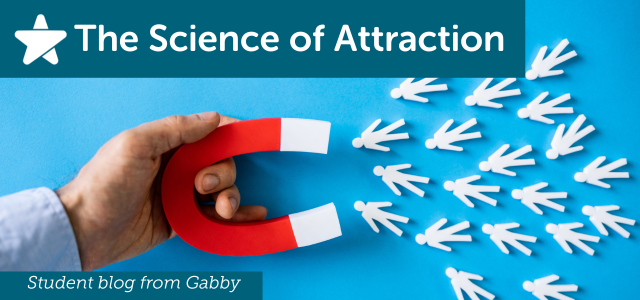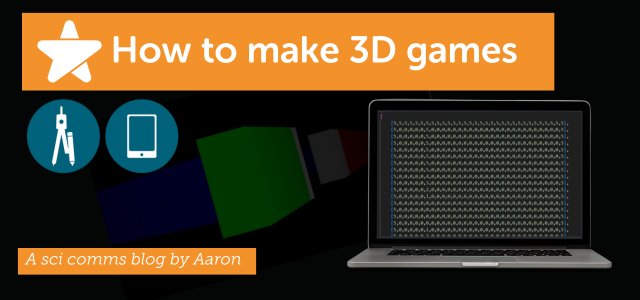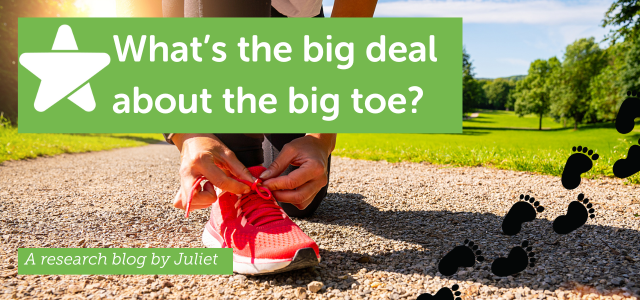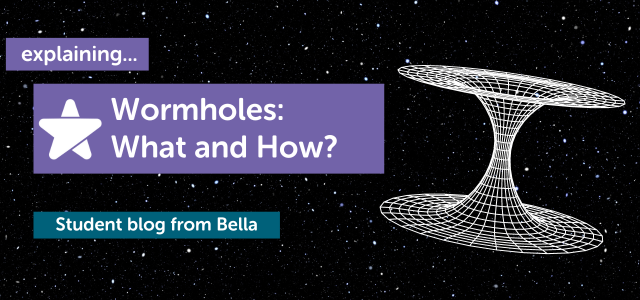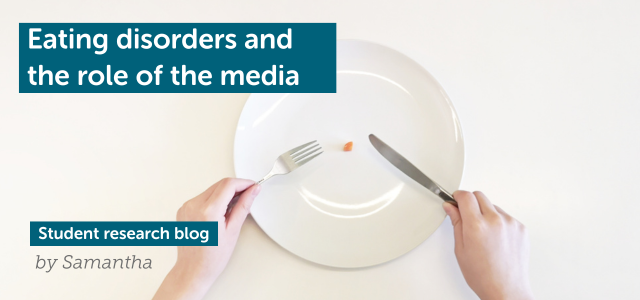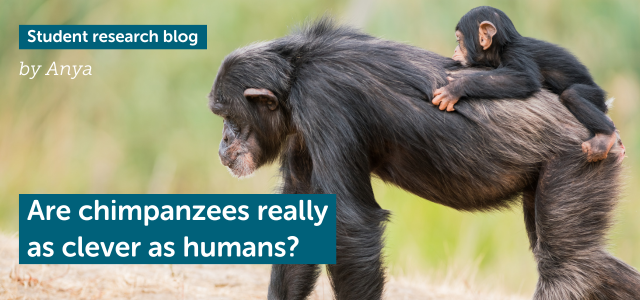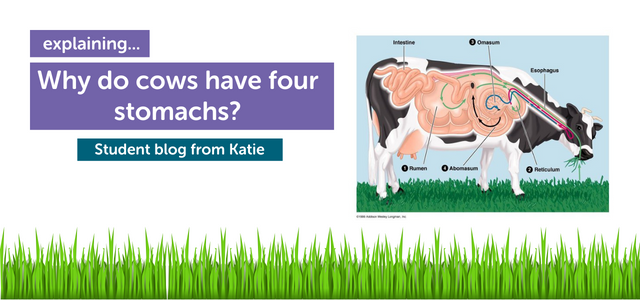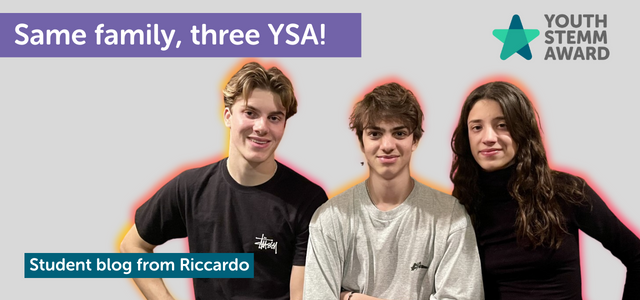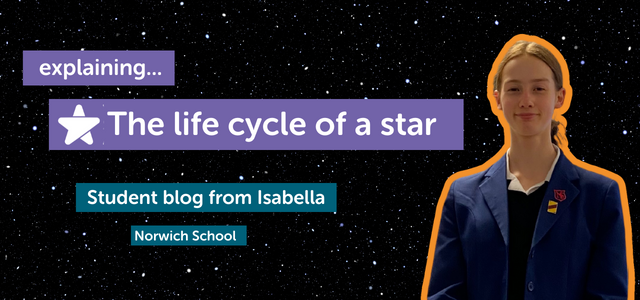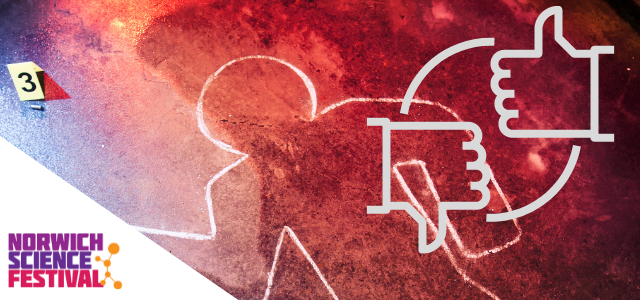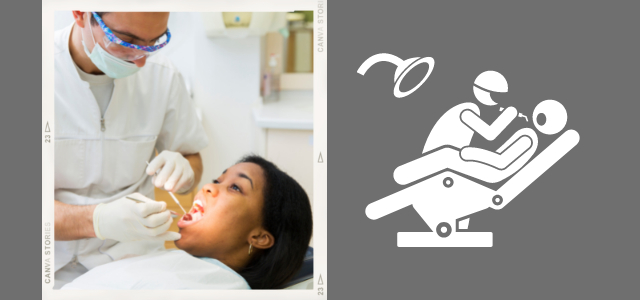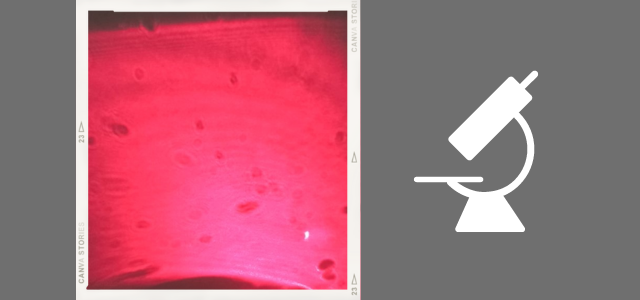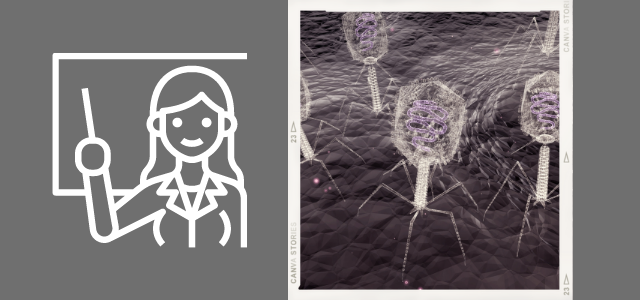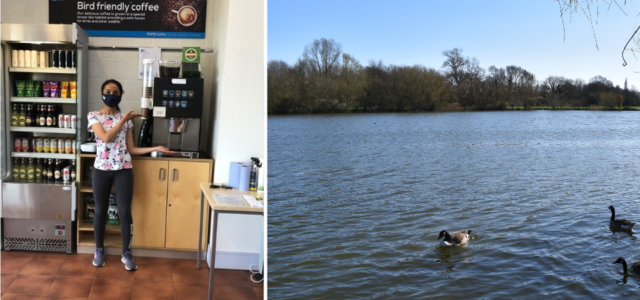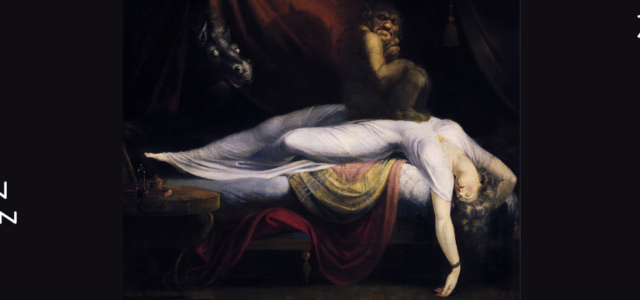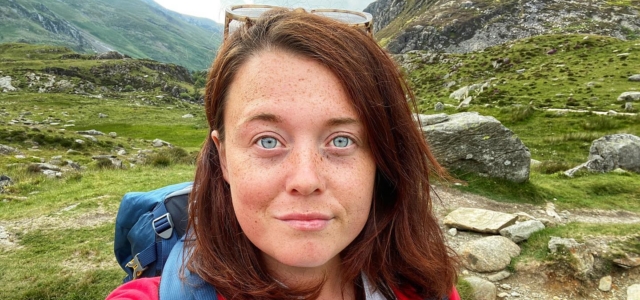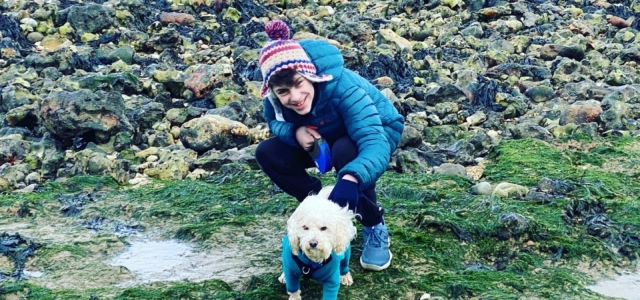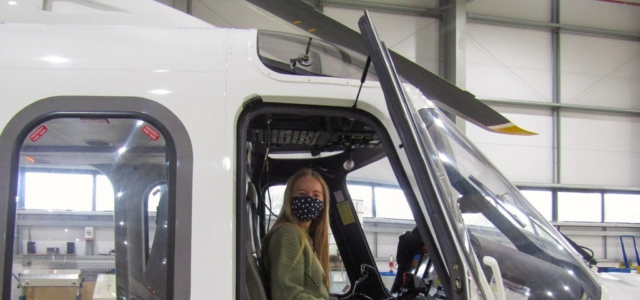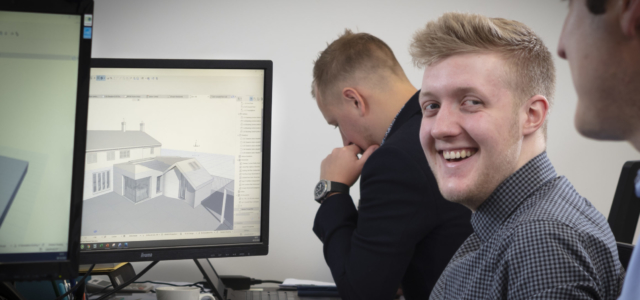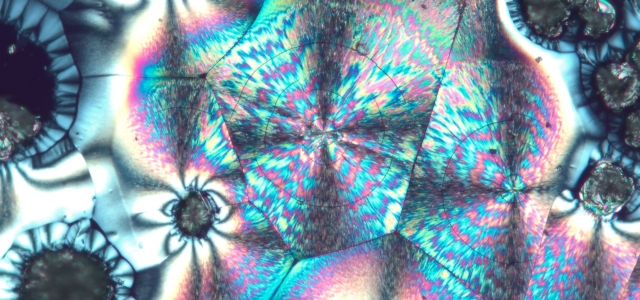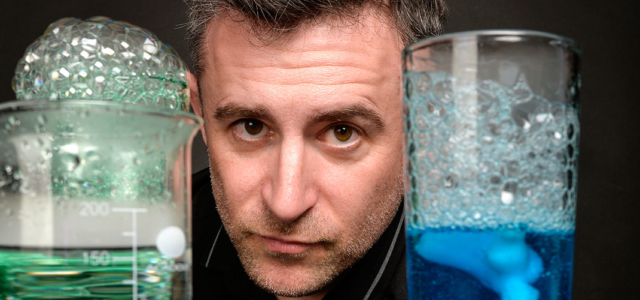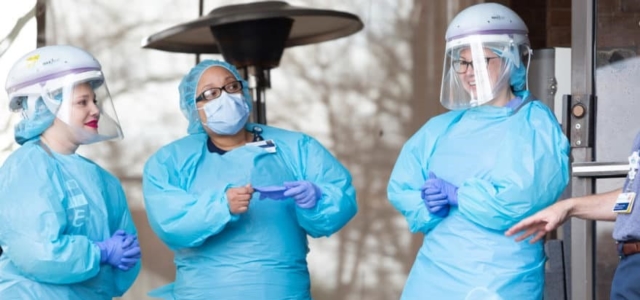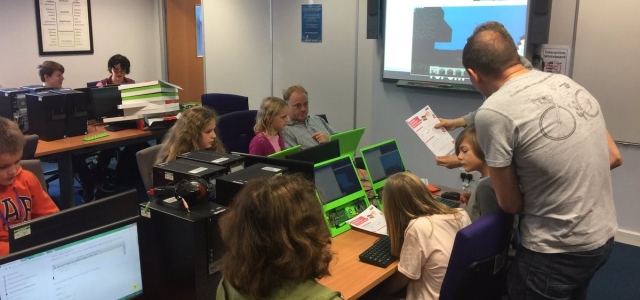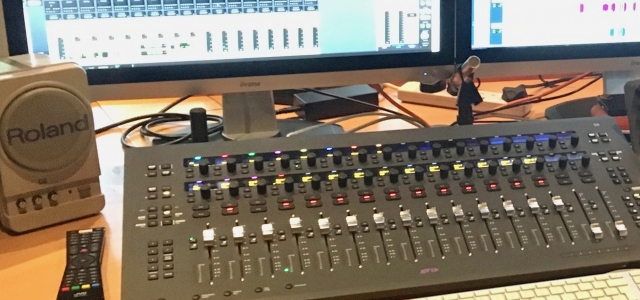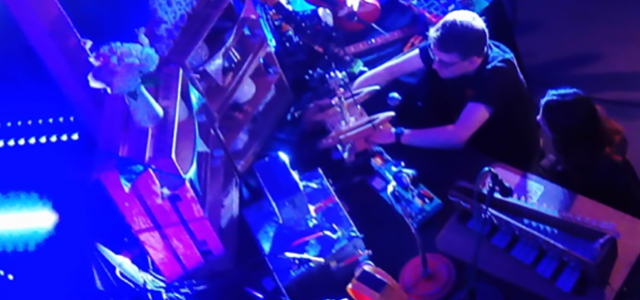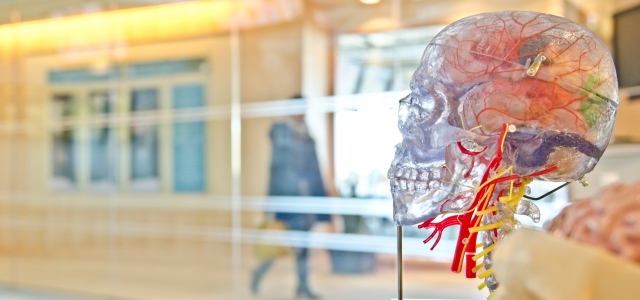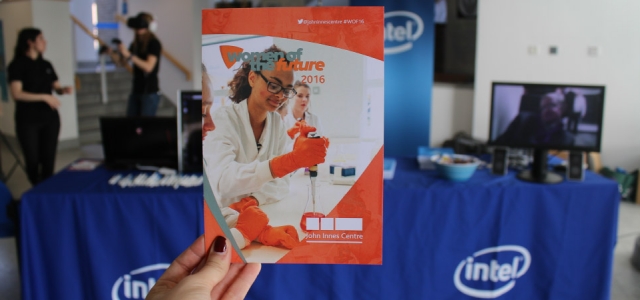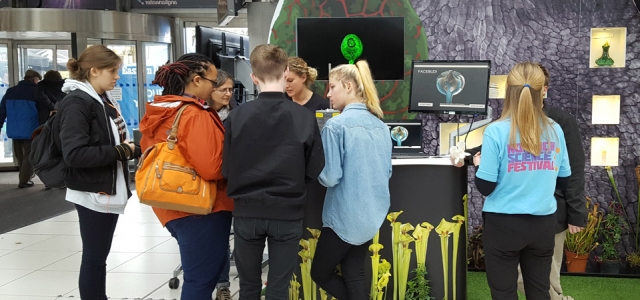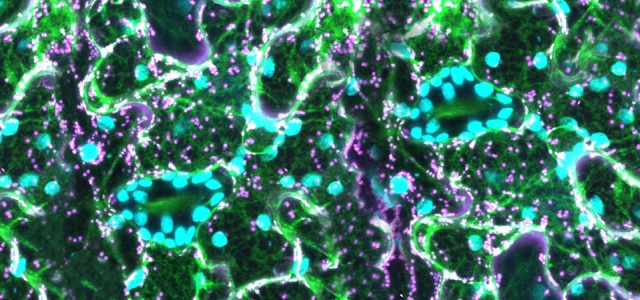My big toe has always been part of my foot. I have used it to run and stubbed it countless times but I have never really thought about the role that it plays in the body. I did some research and I was absolutely amazed at the role that it plays in exercise, balance and life in general. I have put this blog together to share my findings and give the big toe the credit it deserves!
What are toes for?
Our toes play a very important role in our balance and movement. Approximately 75% of our bodyweight is supported by them and the balls of the feet when walking. Generally speaking, we need our toes to be able to spread wide so they can provide a good, stable foundation for the rest of our body. Try balancing on one leg with your toes tense, then try again with them spread out; which one feels easier? As well as balance, our toes provide a final bit of power as the foot lifts off the ground during movement. This can assist with increasing stride length and speed while running for instance.
Additionally, the toes help to send information about any shifts in our bodyweight to our brain. The brain can then use this to adjust the rest of the body and enable it to move. This is vital for all activities, as well as stopping us from falling over.
What are big toes used for specifically?
The hallux (big toe) is considerably larger and thicker than the remaining four toes on the human foot, but why?
The Hallux is four times bigger than other toes with more muscles attached to it because it bears more weight and produces more power. The big toe’s function is to provide additional leverage to the foot when it pushes off the ground during walking, running, or pedalling. In conjunction with the little toe, it also assists in maintaining the body’s balance while standing. The Hallux only has two phalanges, unlike the other toes which normally have 3. This is because having fewer phalanges reduces complexity and allows for better weight distribution. The shorter length of the big toe’s phalanges contributes to its stability, especially during push-off when walking. The big toe grips the ground while walking, as well as helping balance and absorbing shock when you land. The Hallux is able to take loads of 40-60% of a person’s bodyweight during the stance phase and is responsible for 80-85% of the stability in the foot!
Injuries and treatments in the Hallux
Turf toe- a sprain of the main joint (first metatarsophalangeal joint) of big toe which happens when the toe is forcibly bent into hyperextension, such as when pushing off into a sprint and getting toe stuck flat on the ground. To treat these injuries, doctors grade injuries from 1-3 and advice can range from RICE (Rest, Ice, Compression, Elevation) to prolonged immobilisation, walking boots and physical therapy.
Traumatic bunion- a prominent bump on the inside of the forefoot. This is often hereditary. The vast majority of bunions can be managed successfully with basic non-operative treatments.
Hallux rigidus- progressive arthritis leading to stiffness and pain in toe joints. The loss of cartilage is believed to be the repetitive jamming in the big toe joint attempts to move upward with each step. This becomes progressively worse. This can be treated with shoe modifications, medications, injection and physical therapy.
Hallux Varus- This makes the toe point away from other toes, causing discomfort and pain. In rare circumstances, this can cause the toe to dislocate. This can be treated with surgery, splinting and corrective shoes.
Other injuries such as ingrown toenails and sesamoid pathology are also common. Surgery is sometimes needed, but often easy treatments such as ice and elevation are effective.
Life without the Hallux
If you lose your big toe, you may have problems with walking or balance immediately but a positive prognosis is possible. Balance is possible, but you have to train the muscles in your hips, knees and buttocks to take on the job that the Hallux would normally do. There are many exercises that can help with this such as squats, clamshells, heel-toe raises and ball rolls. Toe fillers are also available. These can help regain natural walking gait and reduce discomfort. It may be a struggle to regain balance, stability and confidence with your stride but there are countless patients that have been able to regain full activity and enjoy a healthy lifestyle- regardless of toe amputations.
Emotional pain is also very common after amputation; depression, anxiety and denial are common symptoms. However, psychotherapy, antidepressants and physical rehabilitation can help get you back to your previous mindset and open doors to a positive future.
So next time you cover it up with your socks, marvel at your big toe and how it keeps you moving!


